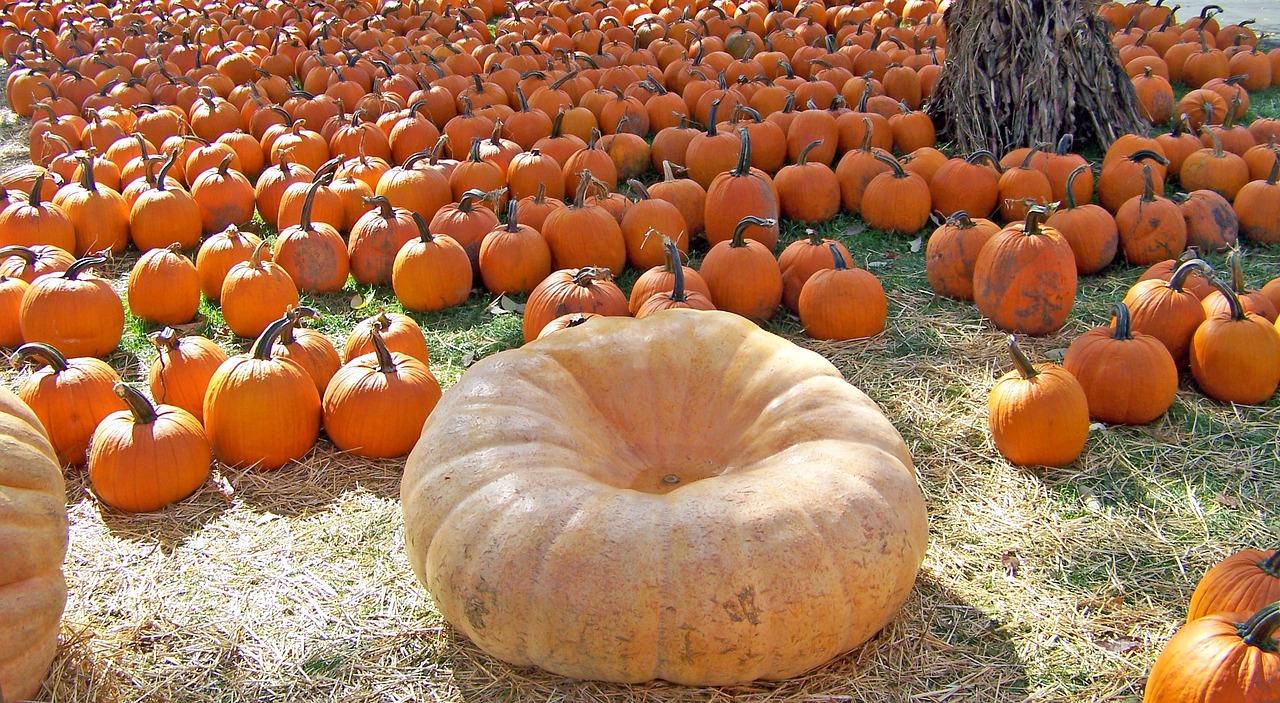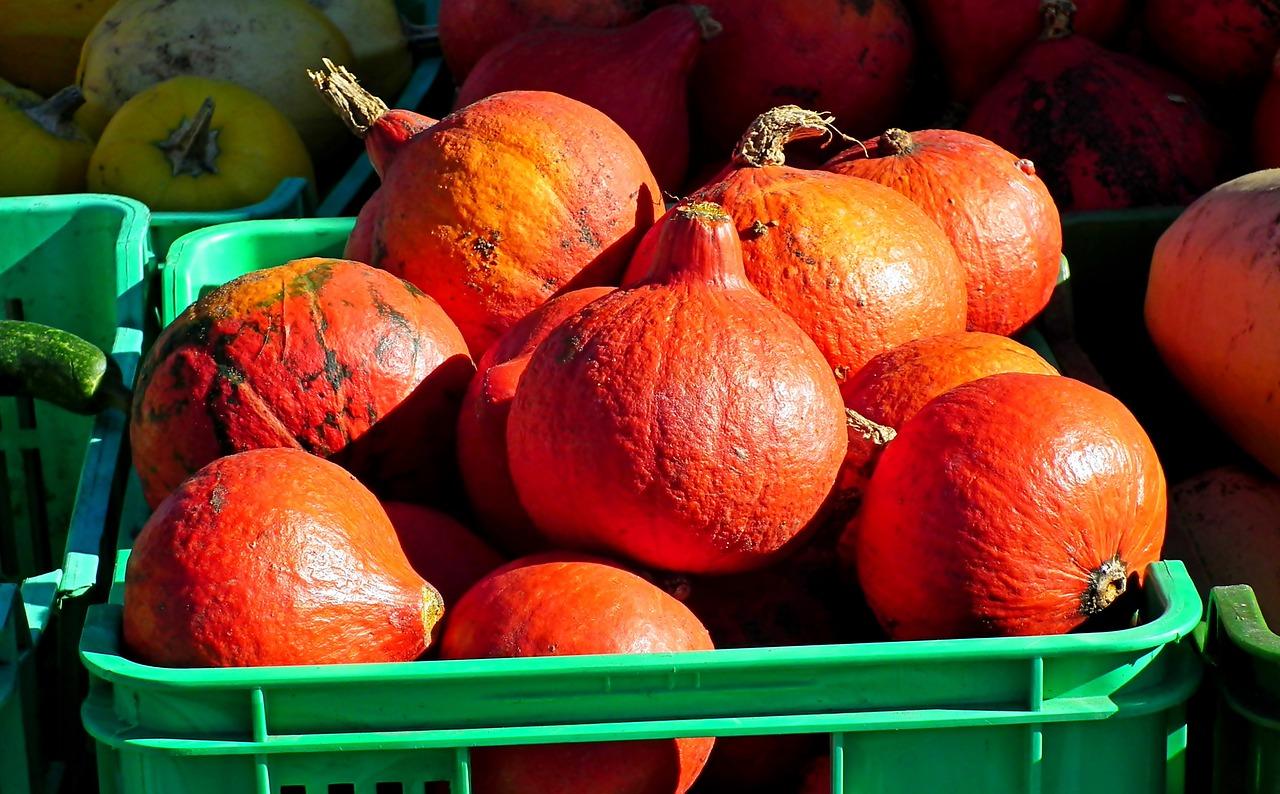Growing pumpkins can be an exciting and rewarding experience, whether you’re a seasoned gardener or just starting out. However, one question that often arises when it comes to pumpkin care is how often to water them. Finding the right balance is crucial to ensure healthy growth and robust pumpkins.
In this blog post, we will address common concerns and queries related to watering pumpkins. We’ll explore topics such as why pumpkin leaves turn yellow, whether pumpkins can thrive in pots, and if you should cut off dying pumpkin leaves. Additionally, we’ll cover essential aspects like where and how to water pumpkins, how much water pumpkin seeds need, and whether you can pick pumpkins when they are still green.
Join us as we dive into the world of pumpkin watering, offering insights into optimal sun exposure, potential risks of overwatering, when to stop watering your pumpkins, and more. Get ready to learn valuable tips and tricks for nurturing your pumpkin plants throughout their growth cycle. Let’s get started!
How Often to Water Pumpkins
If you’ve decided to join the pumpkin-growing party, you’ve probably found yourself wondering: “How often should I water my precious pumpkins?” Fear not, fellow gardener, for I have the answers you seek!
Pumpkins and Their Thirst
Pumpkins are like the celebrities of the garden – they demand attention, care, and perhaps even a little bit of pampering. One of the ways you can show your devotion to your pumpkin patch is by keeping them well-hydrated. After all, nobody likes a dehydrated pumpkin (or a dehydrated anything, really).
The Watering Routine
When it comes to watering your pumpkins, consistency is key. Ideally, you should aim to water them deeply and thoroughly about once a week. This allows the water to penetrate the soil deeply, promoting healthy root growth and preventing shallow root development.
Moisture Check-ups
Now, don’t go neglecting your pumpkins for an entire week after that initial watering! Your job as their loyal caretaker is to keep an eye on their hydration levels. Stick your finger about an inch into the soil near the base of the plants. If it feels dry at that depth, it’s time for some waterworks!
The Thrill of the Drizzle
Remember, pumpkins are not big fans of overhead watering. They prefer a more understated, direct approach. Grab a trusty watering can or a hose with a gentle spray nozzle, and aim for the soil around the base of the plant. Keep those leaves as dry as a pumpkin pie fresh out of the oven.
Weather Woes
Now, pumpkins may seem tough, but they can be sensitive to the elements, just like us humans. On scorching summer days, they might need a little extra H2O to keep cool. If your area is in the midst of a drought, you might need to water your pumpkins more frequently to ensure they don’t turn into sad, shriveled gourds.
Signs of Overwatering
While we’re on the subject, let’s talk about the dangers of overwatering – it’s a real tragedy! If your pumpkins are receiving more water than they need, their leaves may start to yellow and develop black spots. This is a clear sign that you should dial back on the hydration and let Mother Nature take care of things for a while.
Wrapping It Up
In the end, finding the perfect watering schedule for your pumpkins might involve a bit of trial and error. Consider the weather conditions, stick to a consistent routine, and always be on the lookout for signs of thirst (or drowning!). With a little TLC and some occasional waterworks, your pumpkins will be growing big and plump in no time. Happy watering!
FAQ: How Often To Water Pumpkins
Welcome to our comprehensive guide on watering pumpkins! Pumpkins are a popular fall crop, and proper watering is crucial for their growth and development. In this FAQ-style subsection, we’ll address some commonly asked questions about watering pumpkins and provide helpful answers and tips. So grab your gardening gloves and let’s dive in!
Why Are Pumpkin Leaves Turning Yellow
Yellowing pumpkin leaves can be a sign of several issues, including overwatering, nutrient deficiencies, or pests. Before you reach for the watering can, check the soil moisture and make sure it isn’t too wet. Adjust watering accordingly and consider adding organic fertilizer to replenish any nutrient deficiencies. If the problem persists, it’s best to consult a local gardening expert.
Can Pumpkins Grow in Pots
Absolutely! Pumpkins can be grown in pots, but keep in mind that they require ample space for their sprawling vines and substantial root systems. Choose a large container with drainage holes, fill it with well-draining soil, and provide sturdy support for the vines. Regular watering is necessary as potted plants tend to dry out more quickly.
Should I Cut off Dying Pumpkin Leaves
While it may be tempting to prune off dying pumpkin leaves, it’s best to exercise caution. Some yellowing and wilting of leaves is a natural part of the plant’s life cycle. However, if the majority of the leaves are yellow or diseased, removing them can redirect the plant’s energy towards healthier foliage and pumpkin production. Just remember not to remove too many leaves at once, as they provide shade and protection for the developing pumpkins.
Where Do You Water Pumpkins
To prevent issues like powdery mildew and potential disease, it’s essential to water pumpkins at the soil level rather than overhead. Direct the water near the base of the plant, aiming for the root zone. Using a soaker hose or drip irrigation system is ideal as it helps keep the foliage dry, reducing the risk of fungal infections.
How Much Water Do Pumpkin Seeds Need
Pumpkin seeds require consistent moisture during germination and early growth. Ensure the soil remains evenly moist, but not waterlogged. A light daily sprinkle or a thorough watering every other day should suffice. As the plants grow larger, they will require more water, with deep watering once or twice a week.
Can I Pick Pumpkins When They Are Green
No, pumpkins should be left on the vine until they are fully mature and have reached their desired color, typically orange. Green pumpkins are not yet ripe and won’t continue to ripen once picked. Monitor their progress, and when the pumpkins have developed a deep, rich color and the vines are starting to wither, it’s time for harvest!
What Helps Pumpkins Grow
Pumpkins thrive in well-draining soil enriched with organic matter. Providing consistent moisture, ample sunlight, and appropriate space for the vines to spread is crucial for optimal growth. Additionally, regular fertilization with balanced organic fertilizers will promote healthy plant development and maximize pumpkin production.
How Much Sun and Water Do Pumpkins Need
Pumpkins are sun-loving plants and require a minimum of six hours of direct sunlight each day. As for water, they require about 1-2 inches of water per week, either from rainfall or supplemental watering. However, it’s important not to overwater, as this can lead to rot and other fungal diseases.
Do Pumpkins Need Full Sun
Yes, pumpkins thrive in full sun. A sunny location provides the warmth and energy they need to grow and develop fully. If your garden doesn’t receive full sun throughout the day, choose a spot that gets the maximum amount of sunlight possible.
Can Pumpkins Be Overwatered
Absolutely! Overwatering can be just as detrimental to pumpkins as underwatering. It can lead to root rot, mold, and other fungal diseases. To avoid overwatering, check the soil moisture before watering and ensure the top inch of soil is dry before watering again. Proper drainage is essential to prevent waterlogged soil.
When Should I Stop Watering My Pumpkins
As your pumpkins near maturity, you should gradually reduce watering. About two weeks before the expected harvest date, reduce watering to only when the soil becomes dry. This reduces the risk of rot and helps intensify the flavor of the pumpkins. By tapering off the water supply, you’ll encourage the vines to focus their energy on ripening the fruit.
How Long Does It Take for Pumpkins to Sprout
Under optimal conditions, pumpkin seeds typically germinate within 5 to 10 days. However, factors like soil temperature, moisture, and seed quality can affect germination time. Be patient and ensure the soil remains consistently moist but not waterlogged until the seeds sprout.
How Do You Know If You’re Overwatering
Overwatering can be tricky to spot, but some signs include yellowing leaves, wilting even when the soil is moist, and a foul smell in the soil. Additionally, if the pumpkins are excessively rotting or developing mold, it might be an indication of overwatering. Adjust your watering schedule and ensure proper drainage to prevent further damage.
When Will My Pumpkin Plant Grow Pumpkins
Once your pumpkin plants have reached maturity and optimal growing conditions are met, the female flowers will start to develop small fruits. As these fruits grow and mature, they’ll eventually become full-sized pumpkins. The exact timing depends on the pumpkin variety, but you can expect to see pumpkins developing within 45 to 55 days after the female flowers appear.
How Many Pumpkins Do You Get per Plant
The number of pumpkins per plant varies depending on various factors such as the pumpkin variety, growing conditions, and plant health. On average, a healthy pumpkin plant can produce anywhere from two to six pumpkins per vine. It’s important to provide adequate space for the vines to spread and support the developing fruit to prevent damage.
How Often Should I Water Squash
Squash plants have similar water requirements to pumpkins. They need about 1-2 inches of water per week, either from rainfall or supplemental watering. Monitor the soil moisture and adjust watering frequency and duration accordingly. Aim for even, consistent moisture without waterlogging the soil.
Should Pumpkins Be Watered Every Day
Pumpkins don’t typically require watering every day, unless the weather is extremely hot and dry. It’s best to water deeply and infrequently to encourage the growth of deep root systems. Aim for deep watering once or twice a week, ensuring the soil is evenly moist but not overly saturated.
Is Too Much Water Bad for Pumpkins
Yes, too much water can be detrimental to pumpkins. Overwatering can lead to root rot, mold, and other fungal diseases that can destroy the plants. It’s important to maintain proper drainage and avoid waterlogged soil. Regularly check the moisture levels and adjust watering accordingly to prevent overwatering.
How Quickly Do Pumpkins Grow
Pumpkins grow at different rates depending on the variety and growing conditions. On average, it takes around 80 to 120 days for pumpkins to reach maturity from the time they are planted. Keep in mind that miniature varieties usually have shorter growing periods, while giant pumpkins may take longer to fully develop.
Why Are My Little Pumpkins Dying
Several factors can cause small pumpkins to die prematurely. Lack of pollination, extreme temperature fluctuations, insect pests, or diseases could be the culprits. Ensure proper pollination by attracting pollinators to your garden, provide shade during hot days, and take preventive measures against pests and diseases. If the issue persists, consult a gardening expert for further assistance.
We hope this FAQ-style guide has provided helpful insights and answers to your burning questions about watering pumpkins. From understanding the signs of overwatering to knowing when to harvest, proper watering is essential for healthy pumpkin plants and bountiful harvests. Remember, a happy pumpkin is a well-watered pumpkin, but finding the right balance is key. So go ahead and water those pumpkins with care, and enjoy watching them flourish in your garden. Happy growing!

